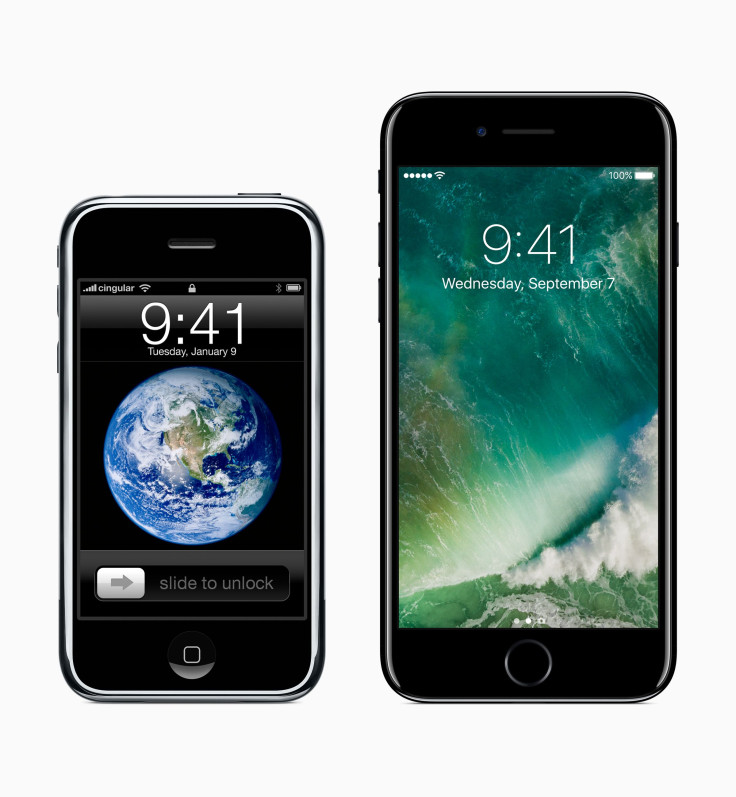Apple iPhone 8 update: New flagship set to undergo different manufacturing process

Apple is further beefing up the iPhone 8. It should be no surprise as Apple’s bread and butter just turned 10 years old, and the Cupertino, California-based tech giant is surely cooking up something great for its long-time fans.
The next iPhone is reportedly going to undergo some sort of “stainless steel forging process” for its frame rather than the usual CNC machine method. According to Digitimes, Apple may look to US-based electronics manufacturer Jabil Circuit and Taiwan’s Hon Hai Precision Industry Co., better known as Foxconn Technology Group, for its industrial needs. The last Apple handset that furnished stainless steel frames was the iPhone 4s, which used a CNC machine.
The iPhone 8 is expected to utilise glass front and back covers instead of the usual aluminium design. The middle stainless steel frame that is the bezel shall be sandwiched by the advanced glass panels using the new forging process to boost the handset’s durability while also cutting expenses and manufacturing time. Apple could reportedly save as much as 30 percent to 50 percent by going with the new forging process rather than the CNC machine method.
Previous reports suggest that Apple is set to release the iPhone 8 in three variants: a regular 4.7-inch version, a 5.5-inch Plus variant and a new 5.2-inch premium model. Apple is reportedly sticking with the iPhone 7 and iPhone 7 Plus’ LCD screen panels for the regular iPhone 8 and iPhone 8 Plus while the premium model is projected to equip an OLED display. Even though it won’t sport the largest display size among its peers, the premium iPhone 8 is expected to assume future flagship status as the frontrunner of the next generation iPhone line-up, with Apple boosting it with the most up-to-date specs and features like the latest A11 chipset and wireless charging support.
READ: Apple iPhone 10th anniversary: 10 fun facts about the iPhone’s first 10 years (Part 1 of 2)
READ: Apple iPhone 10th anniversary: 10 fun facts about the iPhone’s first 10 years (Part 2 of 2)



















